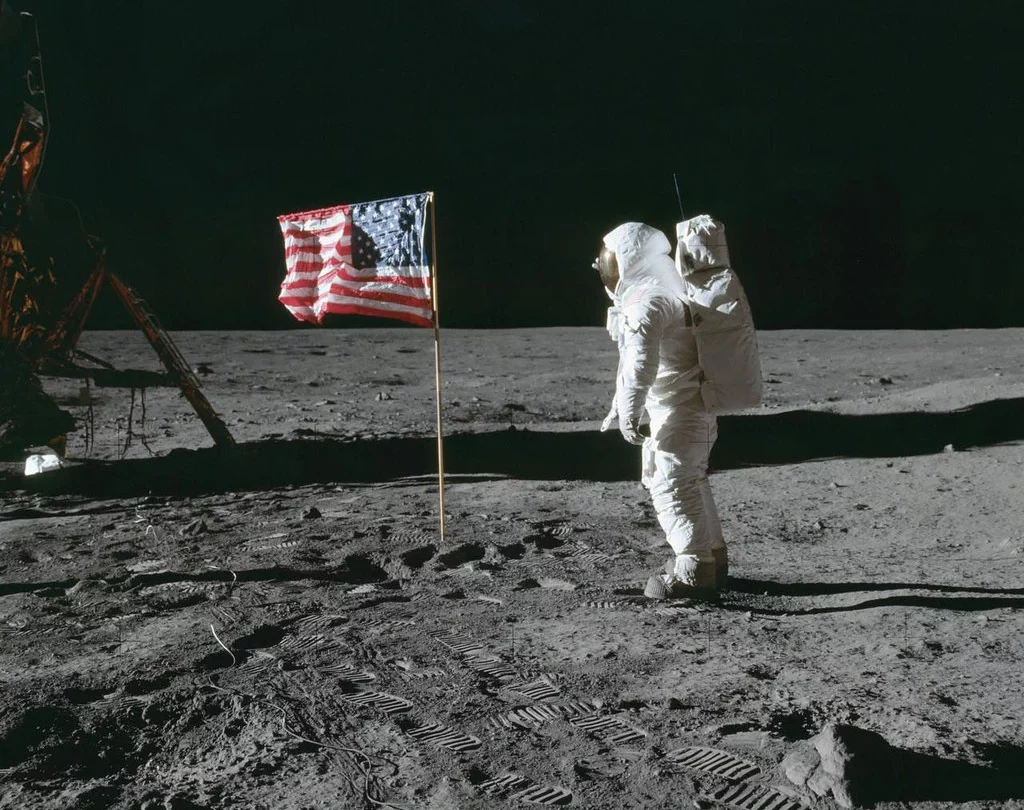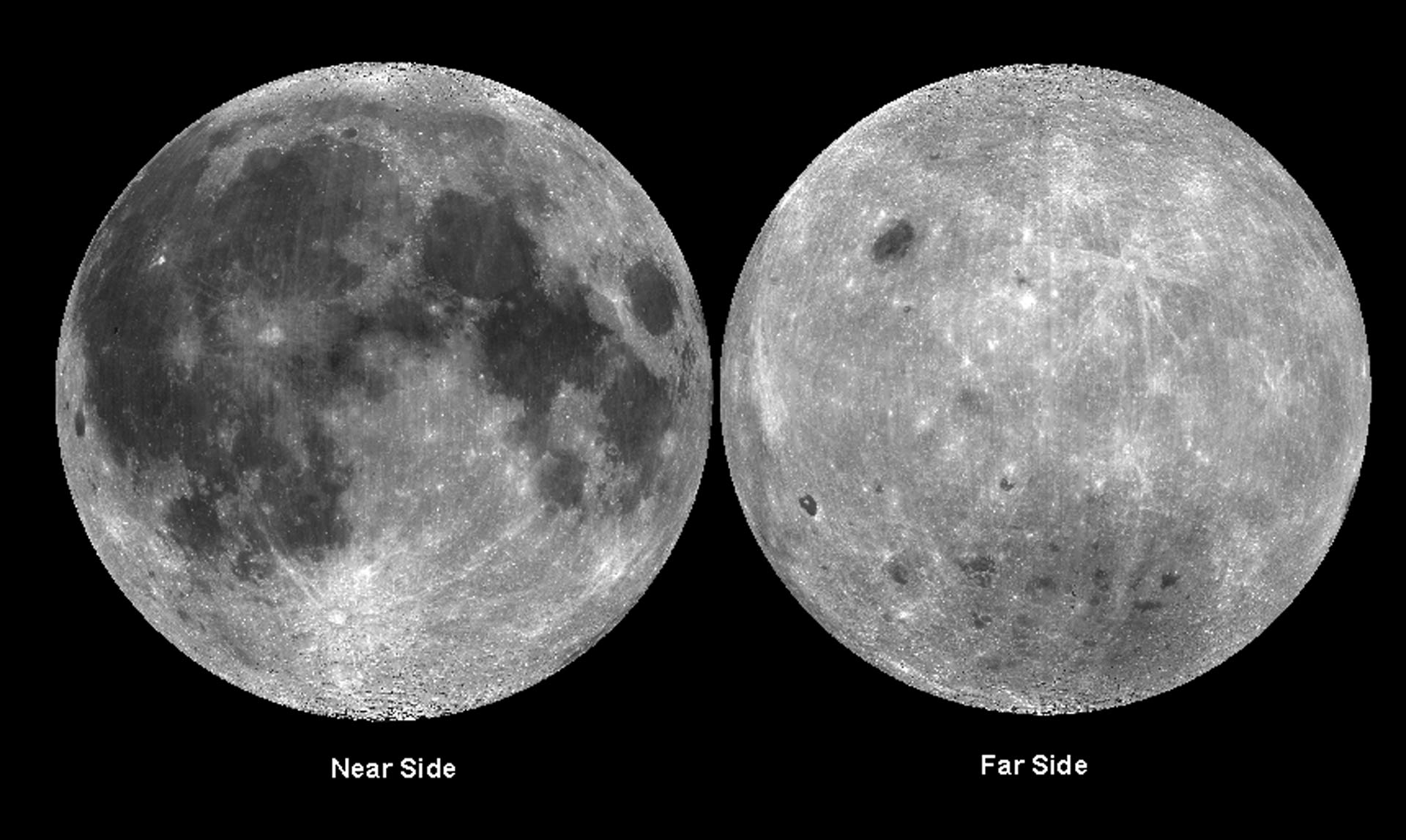Pink Floyd was wrong, because the moon does not have a dark side, but rather a far and near side. Tidal influences between the Earth and the Moon cause a phenomenon called synchronous circulation.
The near and far “side” of the Moon. Image: NASA
The two sides have very different geographical features. Ancient volcanic layers and flows can be seen on the near side, while on the far side there are craters upon craters. New research suggests that the moon was “turned upside down” and that heavy elements such as titanium have penetrated the surface The universe today From his report.
They came up with the idea that a giant impact on the far side brought the titanium to the surface, creating a thinner, more active near side, scientists say. Science News In his article.
But how did the moon become like this?

In the picture, a celestial body the size of the Moon collides with a celestial body the size of Mercury at high speed. Maybe this is how he became our companion. Illustration: NASA/JPL-Caltech
There have been many theories about the origin of our companion, and almost all of them have been rejected. Currently, what is perhaps most plausible is that a large object collided with the Earth, and as a result, a lot of debris was sent into orbit around the Earth. This material eventually came together to form the Moon we know and love today.
Rock and dust samples brought back by the Apollo missions were eagerly studied by scientists in the following decades. Tests revealed that many surface rocks contain unexpectedly high concentrations of titanium.
Even more surprising, satellite observations showed that these titanium-rich minerals were more common on the near side and absent on the far side. It is known that the Moon formed quickly and hot, and that it may have been briefly covered by an ocean of molten magma.
As the magma cooled and solidified, it formed a crust, but denser materials, including titanium and iron, were trapped underneath.
The dense material was supposed to have gone deep into the moon's interior, but in the period that followed, something strange happened. The denser material sank, mixing with the mantle, but melted and returned to the surface with titanium-rich lava flows.
There has been a lot of debate about how this happens, but new research conducted by a team from the University of Arizona's Lunar and Planetary Laboratory provides more details about the process and how the interior of the celestial body is formed.

Even the luckiest ones set foot on it and of course brought something back to study. source: Creative Commons
It has already been suggested that the Moon may have experienced a significant impact on the far side, forcing heavier elements onto the near side. However, this new study highlights supporting evidence of gravity anomalies. The research team measured small variations in the gravitational field from GRAIL mission data.
The GRAIL lunar lander, or Gravity Recovery and Interior Laboratory, orbited our natural companion to produce the most accurate gravity map of Earth's best friend yet.
Using GRAIL data, the research team discovered that titanium and iron oxide minerals had migrated to the near side and sank inland in graded sections. This was consistent with models suggesting the event occurred more than 4.22 billion years ago.
As study co-author Jeff Andrews Hanna said, “The Moon is basically one-sided in every way.” The nearby formation known as Oceanus Procellarum is a great example.
It is located at a lower level and has a thinner crust covered by lava flows containing high concentrations of titanium-rich elements. But on the other hand, the story is completely different. The specificity of the region will be vital to understanding the event that occurred billions of years ago that shaped the celestial body we see today.
Worth reading:












































